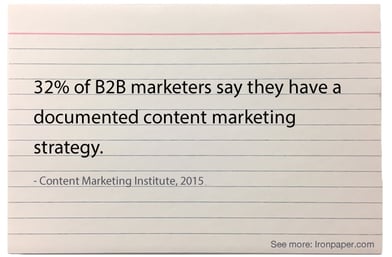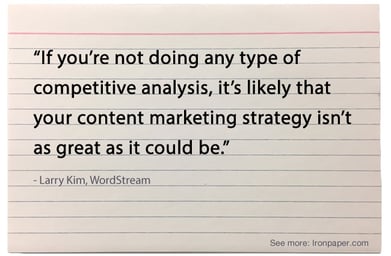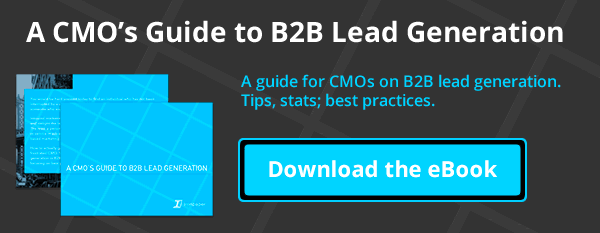
Author: Janet Dulsky
The new year is upon us which means that it’s time to make our New Year’s resolutions. If you’re like me, you dread making New Year’s resolutions. I always have such high hopes on January 1st, but then I find myself falling back into my old habits by the middle of the month and completely abandoning my good intentions by the end of January.
This year, I’m going to make it easier on myself. Rather than focusing on new resolutions, I’m focusing on applying the lessons I learned from the previous year. 2016 was a crazy year in a lot of ways…an election year (in the U.S.) has a way of doing that. One big learning I took away from the year is to market what your brand is, not what it isn’t.
This is relevant to all marketers. We’re the caretakers of our company brand, and we make choices every day about how to tell our brand story. We often get pressure from our sales teams to talk about our brand relative to the competition. While there is certainly a time and place for competitive comparison, on a day-to-day basis, here are three reasons you want to talk about what your company is, not what it isn’t:
1. You Don’t Want to Be a Body Outline at a Crime Scene
By its very definition, a brand must be something. Heidi Cohen, speaker, professor, and journalist who runs Actionable Marketing Guide, put together a great list of brand definitions from 30 marketers and visionary leaders. A few of my favorites include:
- “A brand is the essence of one’s own unique story. This is as true for personal branding as it is for business branding. The key, though, is reaching down and pulling out the authentic, unique “you.” Otherwise, your brand will just be a facade.” Paul Biedermann, Creative Director and Owner of re:DESIGN
- “Brand is the image people have of your company or product. It’s who people think you are.” Ann Handley, Chief Content Officer of MarketingProfs
- “A brand is the set of expectations, memories, stories, and relationships that, taken together, account for a consumer’s decision to choose one product or service over another.” Seth Godin, Blogger and Best-selling Author
You might notice that none of these definitions talk about a brand as “not our competitor.” The dictionary defines the word negative as “consisting in or characterized by the absence rather than the presence of distinguishing features.” So, when we define our brand by what we’re not relative to our competition (e.g. “Our software isn’t slow, like [fill in the blank]”), we tell our customers and prospects nothing about our company and leave an absence, rather than a presence, in their minds. Your brand then becomes like the body outline at a crime scene. Completely empty.
2. If You Don’t Fill in the Blanks, Someone Else Will
If you don’t tell people about your brand, someone else—likely your competitors—will fill in the blanks. We saw this firsthand during the election, with opposing candidates using the other’s positions on key issues to portray each other in a negative light. Unfortunately, many of those descriptions stuck because there was nothing else in people’s minds about the candidates with which to push back. You’ve heard the expression that “nature abhors a vacuum” and, as a result, nature fills voids. So do people. Everything you say and do should reflect and support your brand message about who you are. That way, when a competitor fills the airways with FUD (fear, uncertainty, and doubt), your company will be like Teflon…those messages won’t stick!
3. People Remember Your Company Based on Their Perspectives
The perspectives that people have about your company is based on what you say about your company and what they have experienced with your company—what you say and what you do. Even if you don’t tell people what your brand is, they will fill the void and create an image in their mind based on what they’ve heard and witnessed. You’re just leaving that image to chance if you’re not staking a claim to what your brand represents and following through with that brand promise through all touch points.
For example, I shop at Costco, which comes with the territory when you’re raising two, constantly hungry, teenage boys. Costco says it is “a membership warehouse club, dedicated to bringing our members the best possible prices on quality brand-name merchandise.” And guess what? I believe implicitly that the products I buy at Costco are a good value. Why? Because over the years, in most cases, my experience with the products I buy there is that they are good quality for the price I pay. This is not to say that I haven’t bought things that were not up to par, but because my consistent experiences with Costco products have mostly been good, that is my perception of their brand.
Brand image is critical to your organization’s success because it not only puts your reputation at stake, but it also influences purchases. To drive this point home, Invesp created an interesting infographic that shows how branding influences purchasing decisions. And let’s not forget that brand is just as important for B2B customers as it is for consumer marketers. In fact, McKinsey conducted a B2B branding survey which found that brand influences 20% of the B2B purchase decision. So, make sure you’re talking about what your company is and that you’re filling in the blanks (not your competitors), and you will build a positive image of your brand in the mind of your potential and existing customers.
What did you learn in 2016 that you’re going to use in 2017? Share in the comments below!
The Biggest Lesson I Learned in 2016: Talk About Who You Are, Not Who You Aren’t was posted at Marketo Marketing Blog - Best Practices and Thought Leadership. | http://blog.marketo.com
The post The Biggest Lesson I Learned in 2016: Talk About Who You Are, Not Who You Aren’t appeared first on Marketo Marketing Blog - Best Practices and Thought Leadership.
from Marketo Marketing Blog http://blog.marketo.com/2016/12/the-biggest-lesson-i-learned-in-2016-talk-about-who-you-are-not-who-you-arent.html




 No matter how far you advance your career, networking is likely never going to be something you enjoy. And for the introverted among us, it can feel like we’re being forced back into those endless icebreaker exercises we had to do at corporate retreats while we were coming up. So, let’s stop.
No matter how far you advance your career, networking is likely never going to be something you enjoy. And for the introverted among us, it can feel like we’re being forced back into those endless icebreaker exercises we had to do at corporate retreats while we were coming up. So, let’s stop.


.jpg?t=1483016194828&width=761&name=ThinkstockPhotos-519749523-compressor%20(1).jpg)

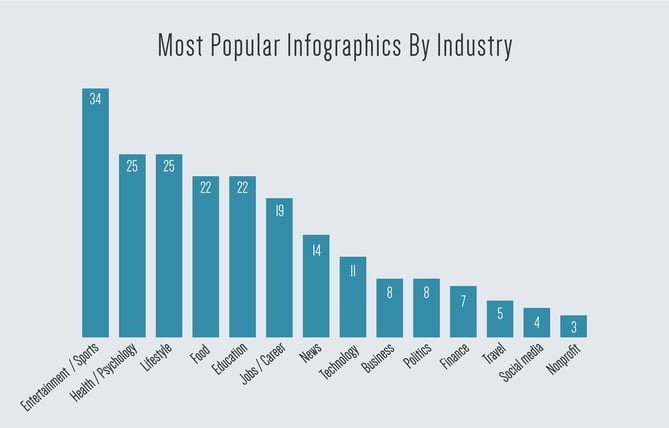
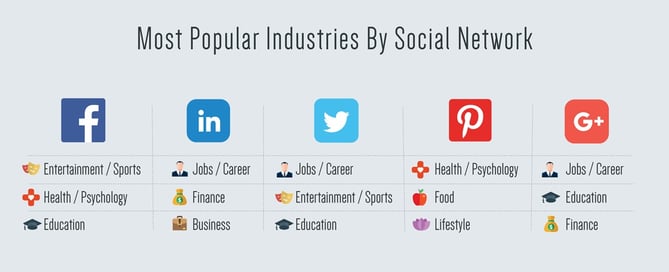
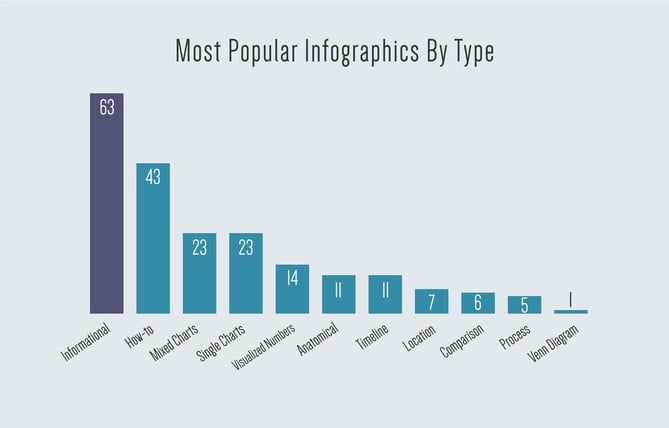
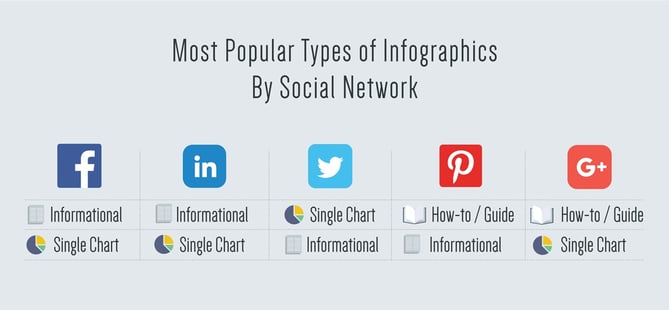
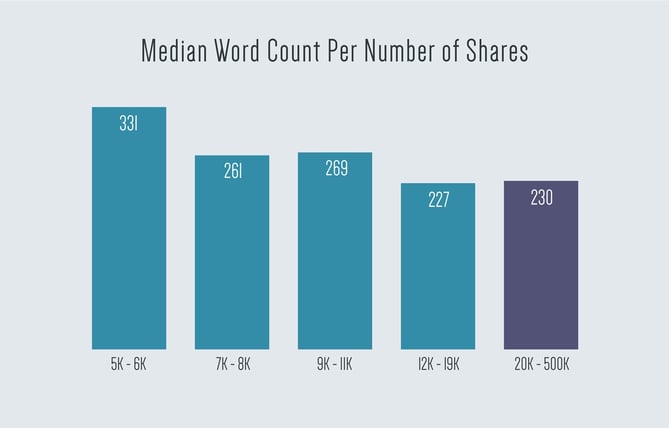

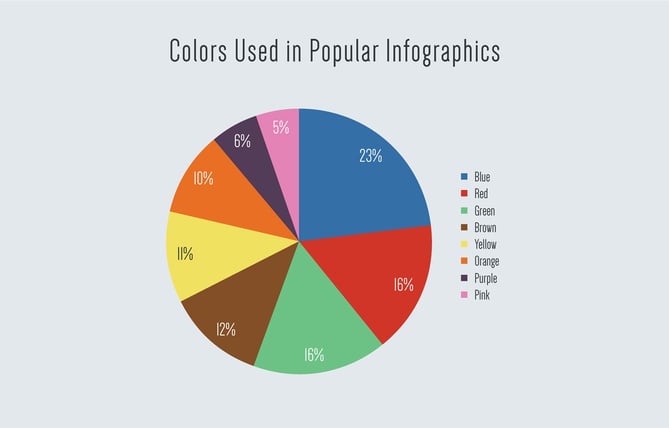
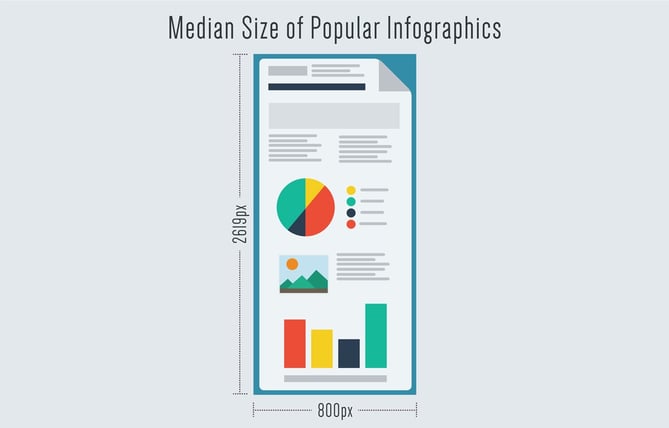
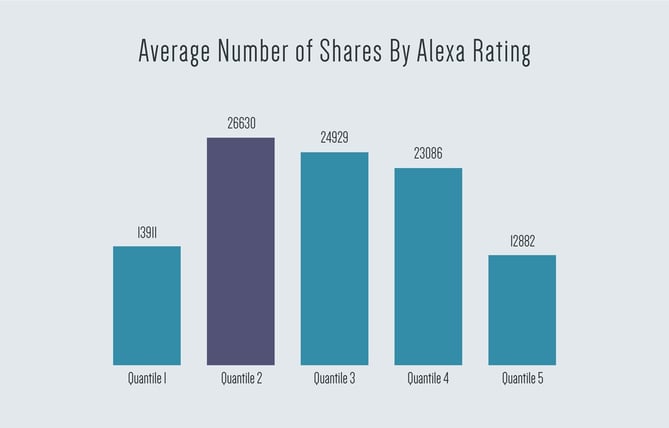
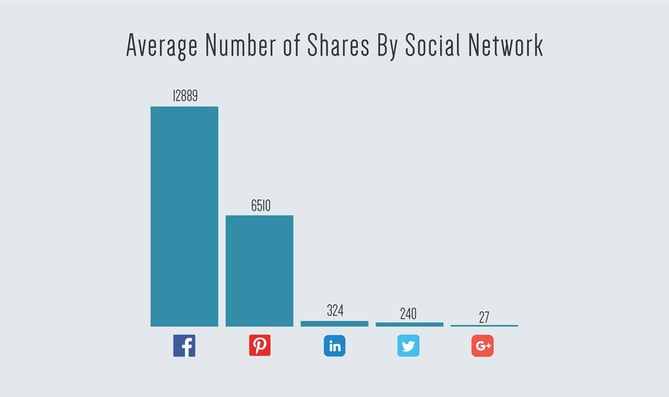
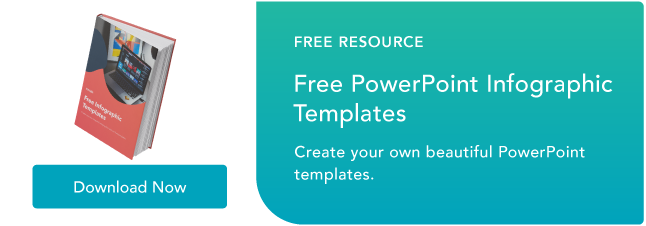


%20(1).png?t=1483005716623&width=669&name=Influencers%20of%20Inbound%20Infographic%20(1)%20(1).png)
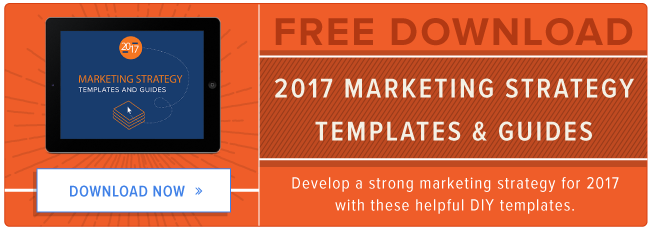

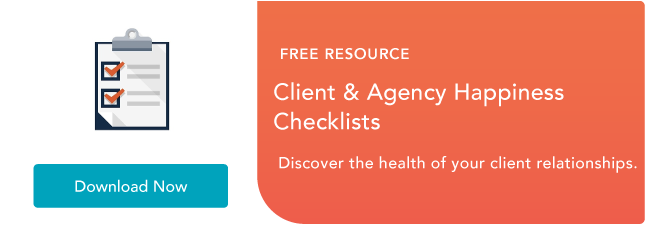
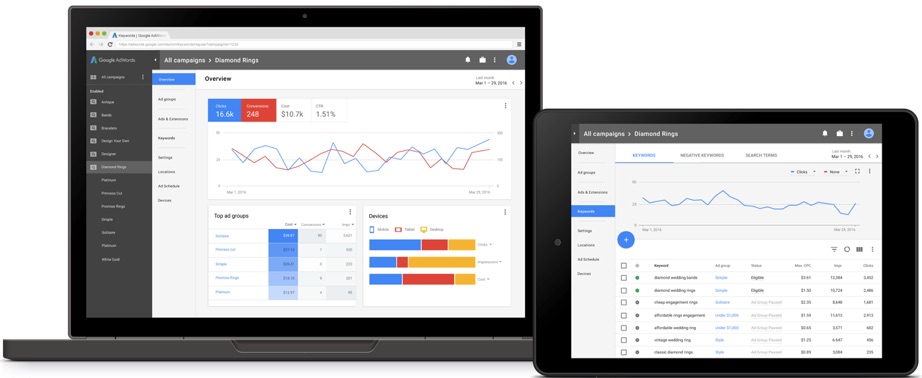


 Content is used as a valuable marketing tool across all industries. From social media content to long-form evergreen content, marketers constantly write to build awareness and nurture relationships. While the goal of content marketing is clear, many companies forget to track what type of content is actually working.
Content is used as a valuable marketing tool across all industries. From social media content to long-form evergreen content, marketers constantly write to build awareness and nurture relationships. While the goal of content marketing is clear, many companies forget to track what type of content is actually working.
